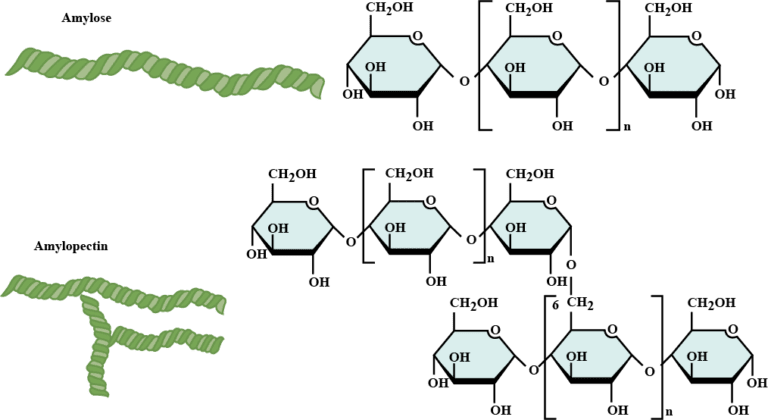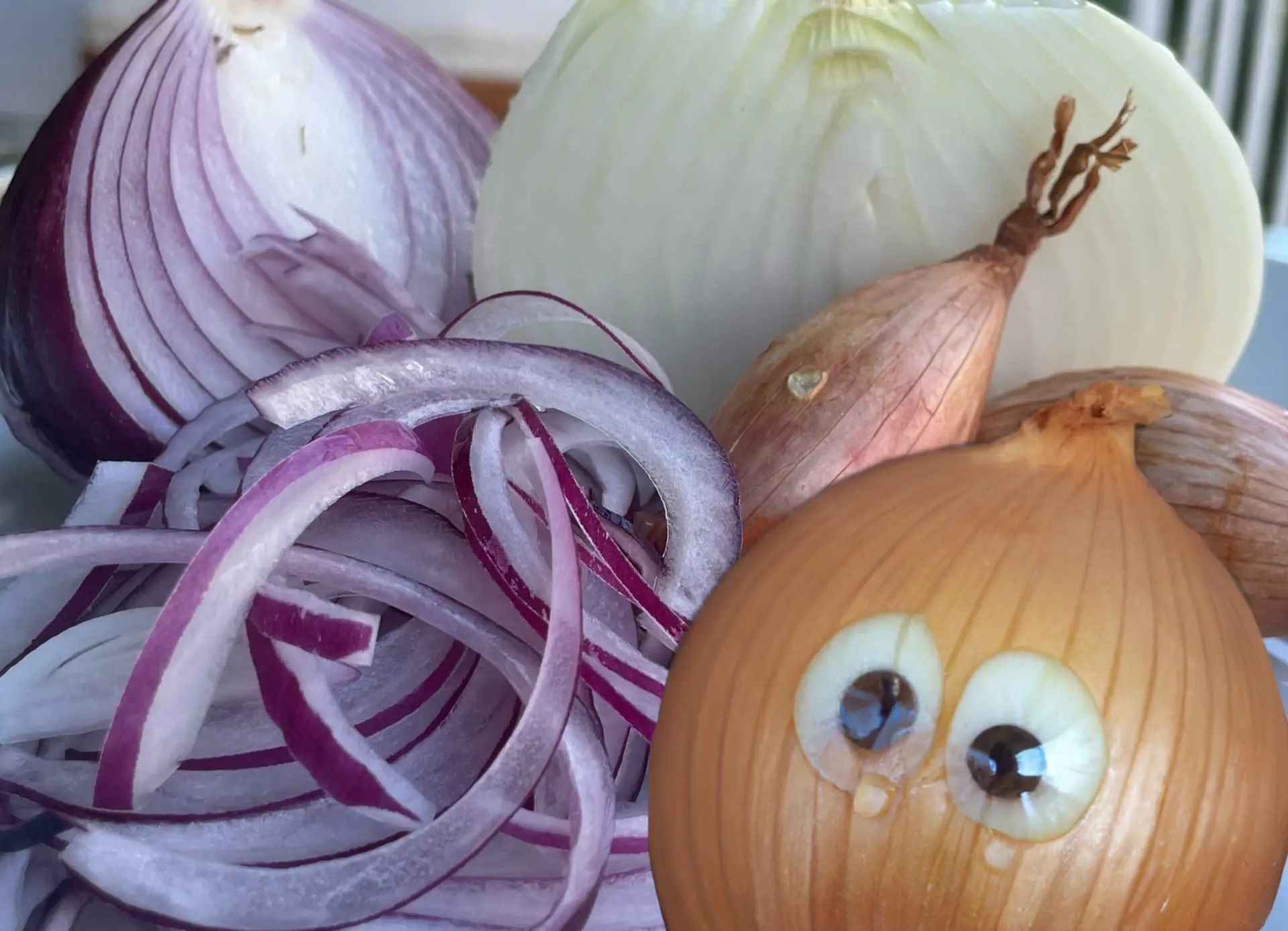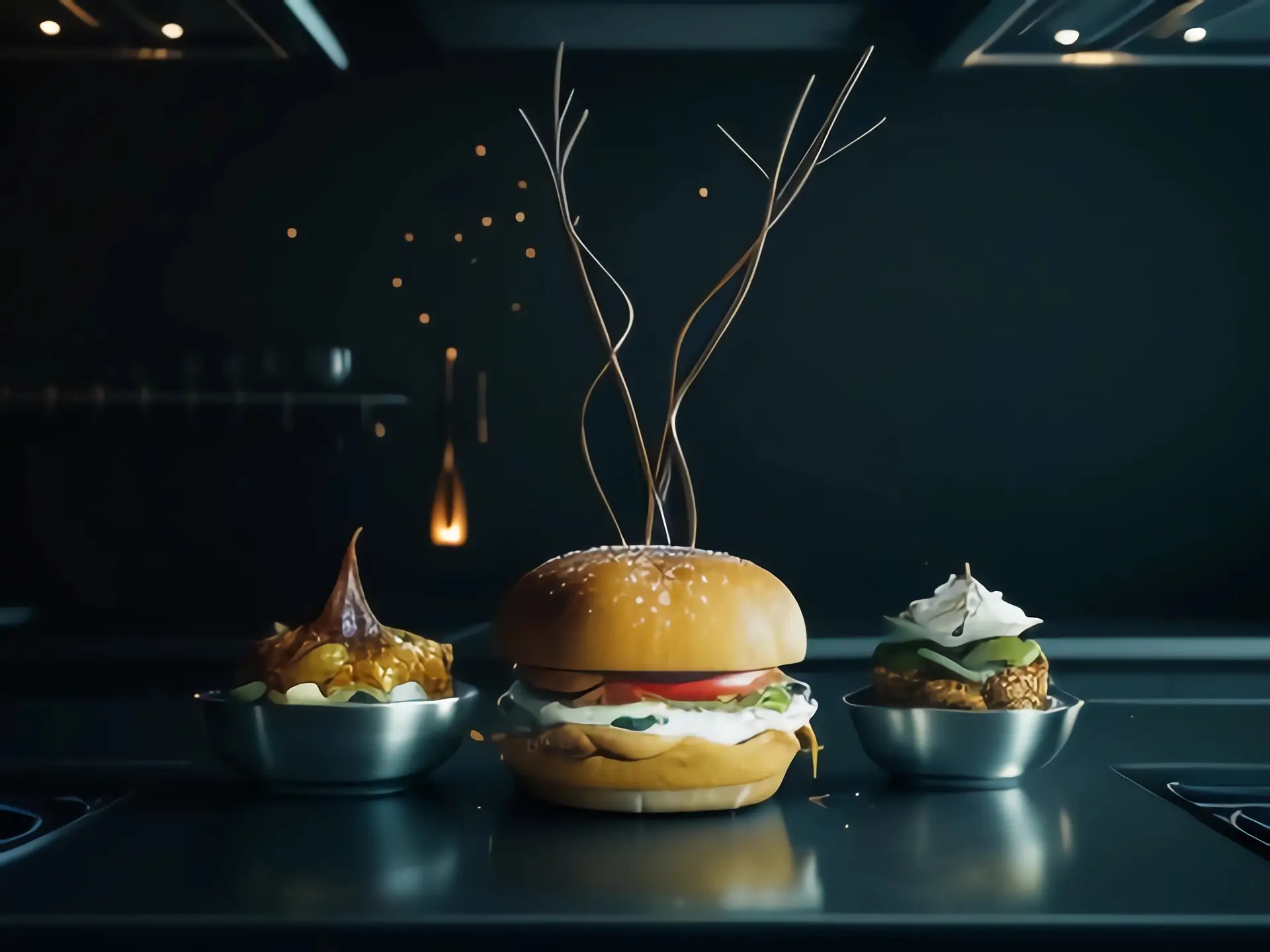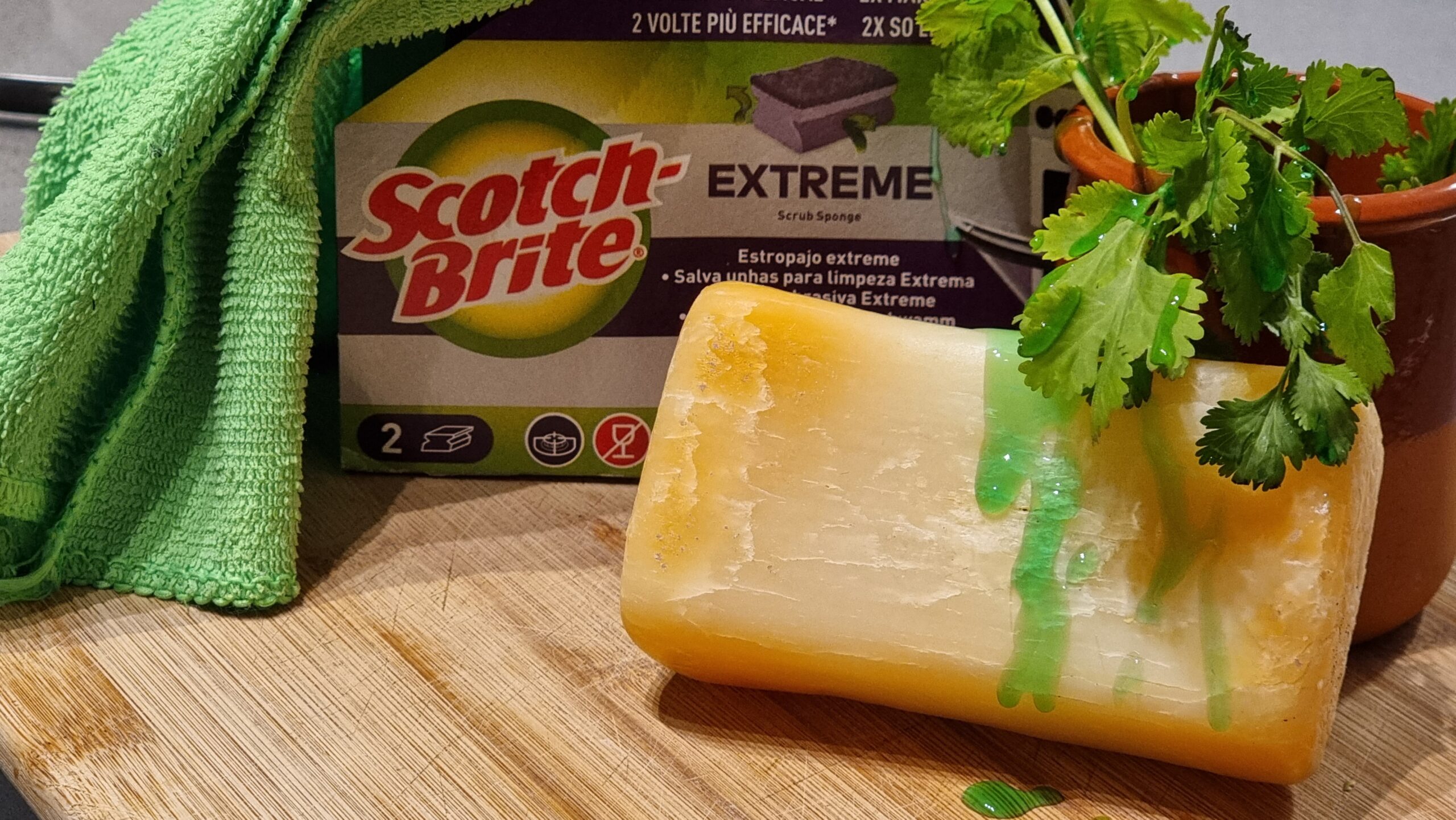What is A glycemic index? How does THE transformation of ingredients affect it?
Don’t you wonder when two things (bread and pasta) made from the same ingredient (wheat in this case) can have such a differentiating effect on us? Due to some unfortunate lores and shared misinformation, pasta is considered to be a high-calorie and high-carb food that is avoided by many home cooks today. In fact, it is nutritious, simple to make, and a tasty dish for most adults and children.
The most important factor to judge the carbohydrate content of a dish affecting our body is something called Glycemic Index (GI), which is a numeric value (0 to 100) assigned to an article of food that represents the rise in the blood glucose level 2 hours (3 hours for diabetics) after the consumption of that article. Some high-carb foods cause a rapid surge of blood glucose (having a GI of more than 55) after their consumption which in turn triggers the secretion of the hormone insulin. Now insulin signals the cells to take in glucose as a form of energy, to function. When this glucose is not quickly taken up and used up by the cells, insulin chauffeurs the excess glucose to the fat cells, where it is converted to fat and saved up for later use. Thus too much high-carb food can result in excess fat and weight gain which might result in diabetes and heart disease. And food whose GI is less than 55 is considered to be a low GI food. Thus it is desirable to eat high carb food that has a low GI.
There are two types of starch that are present in any carbohydrate-containing food, namely amylose, and amylopectin.

Amylose is a straight-chain polymer whereas amylopectin is a branched-chain polymer of D-Glucose molecules. And due to its structural properties amylose molecules make a strong lattice and can form a very compact physical structure (it forms the major part of the dietary fiber), which retards the process of digestion and rapid release of sugar in the blood, and relatively amylopectins are easier to digest (more properties here). Also, a study done by Lau et al (2005) states that “intake of dietary fiber was inversely associated with the probability of having insulin resistance.” But then pasta being a high carb food and potentially bad for us doesn’t have a scientifically factual basis because it doesn’t clarify the type of starch present and hence the use of the phrase “high carb” must be well understood in order to have a better understanding of how the food interacts with our body.
For example, the GI of short-grain white rice is 72 whereas that of long-grain rice is only 56 (Crosby, 2019). Why so? Because starch of the long-grain rice contains high levels of amylose and very low levels of amylopectin as compared to the short-grain rice. As discussed above, the crystalline structure of amylose is more difficult to digest as compared to the amorphous structure of amylopectin.
Now, how formation of food articles from raw ingredients affect their GI value? Here, we’ll consider an example of bread and pasta, which are basically made from the same ingredient: wheat flour. GI of white bread is around 71 and that of spaghetti is 44. Why such a great difference is given that the amount of starch present in both the items is the same in relation to a given quantity? The major factor here is the way the wheat is treated. For pasta, the wheat is ground coarsely to semolina, which is then mixed with water and molded into long strands keeping the molecules of starch largely intact and protected with a web of proteins that prevents the release of starch molecules upon cooking. On the other hand, the flour for bread is ground very fine which breaks the starch matrix and upon cooking aids in a much larger release of starch. A simple rule of thumb is when you cook something starchy and the water turns cloudy that signifies the availability of more digestive starch because the unprotected starch granules have burst, releasing molecules into the water producing a high GI. That’s why its also a good practice to cook the pasta until al-dente so as to prevent all the starch granules from rupturing.
References
Lau, C., Færch, K., GLumer, C. H. A. R. L. O. T. T. E., Tetens, I., Pedersen, O., Carstensen, B., … & Borch-Johnsen, K. (2005). Dietary glycemic index, glycemic load, fiber, simple sugars, and insulin resistance: the Inter99 study. Diabetes care, 28(6), 1397-1403.







